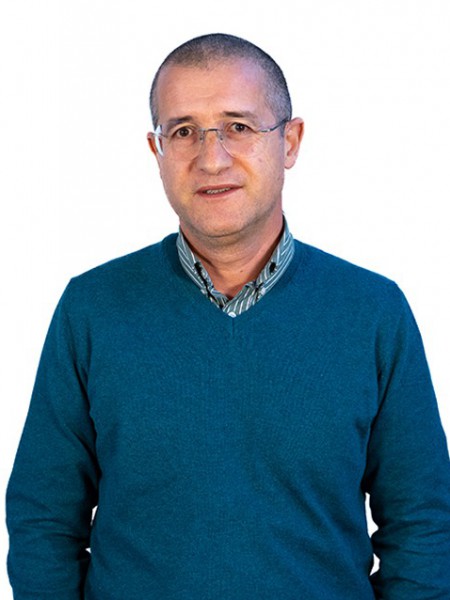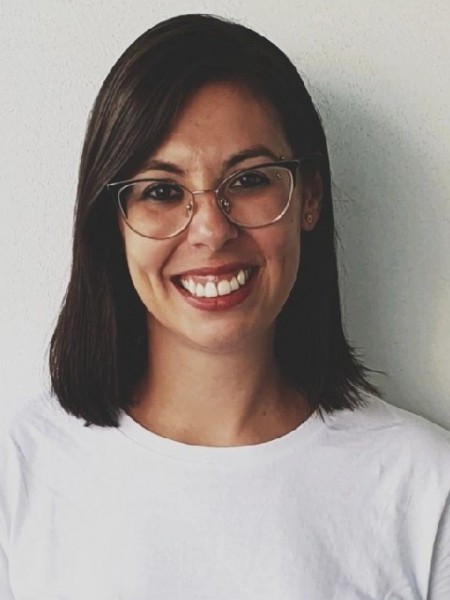resumo
This work aimed at exploring the potentialities of eutectic solvents (ES) in the fractionation of olive tree pruning (OTP) biomass within a biorefinery framework, targeting efficient separation of cellulose fibers and lignin and simultaneously producing high-quality fractions for further processing and application. In this sense, delignification performances of cholinium chloride:ethylene glycol, ChCl:EG (1:9) and cholinium chloride:p-toluenesulfonic acid:ethylene glycol, ChCl:pTSA:EG (1:1:9) as binary and ternary mixtures, respectively, were first evaluated. ChCl:EG demonstrated low efficacy for biomass delignification, while the highest lignin extraction (62.7%) was achieved with ChCl:pTSA:EG at 80 degrees C and 4 h. At the same conditions, the cellulose content (62.5%) of the resulting solid fraction increased almost three-fold compared to that of the raw OTP (22.3%), using ChCl:pTSA:EG. This ternary ES enabled the OTP matrix breakdown, which, combined with lignin extraction, enhanced the enzymatic hydrolysis of the cellulose-rich fraction to a maximum saccharification yield of 81.8%. The sample exhibited an impressive aliphatic OH group content of 5.2 mmol
palavras-chave
CHOLINE CHLORIDE; BIOMASS; EXTRACTION; SOLUBILITY; EFFICIENT; PRODUCTS; SUGARS; STRAW
categoria
Chemistry; Science & Technology - Other Topics; Engineering
autores
Gómez-Cruz, I; Seixas, N; Labidi, J; Castro, E; Silvestre, AJD; Lopes, AMD
nossos autores
Projectos
CICECO - Aveiro Institute of Materials (UIDB/50011/2020)
CICECO - Aveiro Institute of Materials (UIDP/50011/2020)
Associated Laboratory CICECO-Aveiro Institute of Materials (LA/P/0006/2020)
Collaboratory for Emerging Technologies, CoLab (EMERGING TECHNOLOGIES)
PTNMR - Portuguese Nuclear Magnetic Resonance Network (REDE/1517/RMN/2005)
agradecimentos
This work was developed within the scope of the project CICECO-Aveiro Institute of Materials, UIDB/50011/2020, UIDP/50011/2020 & LA/P/0006/2020, financed by national funds through the FCT/MCTES (PIDDAC). I. Gomez-Cruz expresses her gratitude to the University of Jaen and the Ministry of Universities for the financial support of the Grants for the Recalibration of the Spanish University System for 2021-2023 in the Margarita Salas modality for the training of young doctors. Andre M. da Costa Lopes thanks his research contract funded by Fundacao para a Ciencia e Tecnologia (FCT) and project CENTRO-04-3559-FSE-000095 - Centro Portugal Regional Operational Programme (Centro2020), under the PORTUGAL 2020 Partnership Agreement, through the European Regional Development Fund (ERDF). National NMR Network, funded within the framework of the National Program for Scientific Re-equipment, contract REDE/1517/RMN/2005 with funds from POCI 2010 (FEDER) and FCT.




